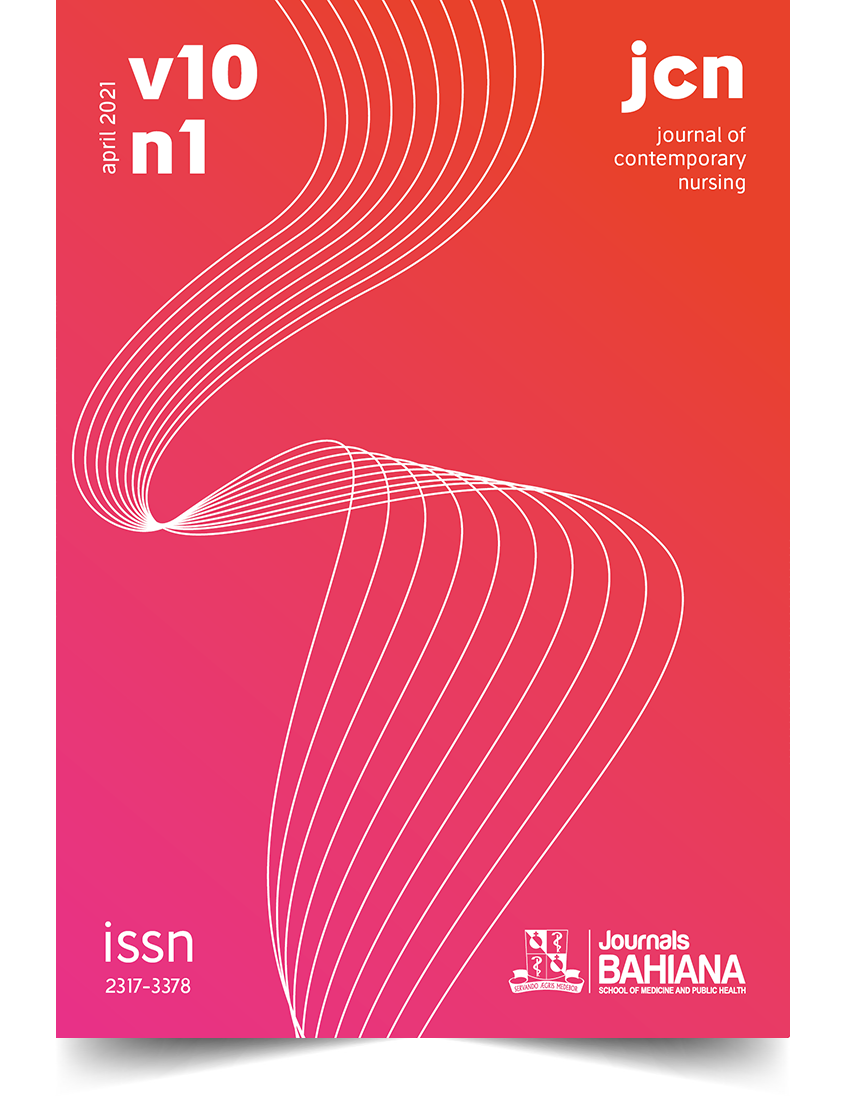Epidemiological profile of cases with microcephaly served in high-risk maternity in Sergipe
DOI:
https://doi.org/10.17267/2317-3378rec.v10i1.3558Keywords:
Epidemiology. Microcephaly.Zika virus.Mothers. Newborn.Abstract
OBJECTIVE: To outline the epidemiological profile of cases treated with microcephaly in a high-risk maternity in the state of Sergipe in 2015. MATERIALS AND METHODS: This is a quantitative descriptive study of cases of microcephaly in live births of mothers living in the state from Sergipe. It was developed in a public maternity of reference for pregnant women and high-risk newborns in the municipality of Aracaju - Sergipe. The convenience-selected sample consisted of 57 medical records of cases of microcephalic newborns. RESULTS: Regarding the profile of the newborns, 56.14% were female, 85.96% had head circumference <32 cm, 82.45% Ápgar1` ? 7, 92.98% Ápgar 5 ?7 and 82, 45% normal weight (2500-3999g). As for the sociodemographic characteristics of the mothers, 49.12% were between 21 and 30 years old, 96.49% race/brown color, 26.3% incomplete elementary school and 77.19% occupation of housework. During prenatal care, 8.77% underwent STORCH tests, 7.01% underwent Zika virus testing, 8.77% underwent chikungunya and 3.50% serology for dengue. In 2015, microcephaly in the state was considered an emergency of national importance. CONCLUSION: There was a predominance of female newborns with head circumference <32. Most of the mothers were adults and had low socioeconomic conditions.



